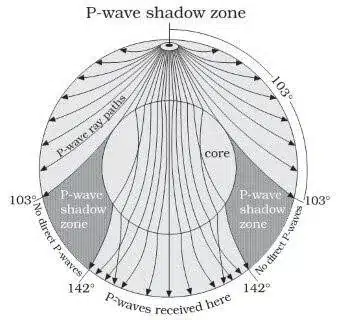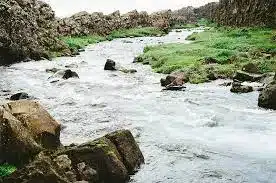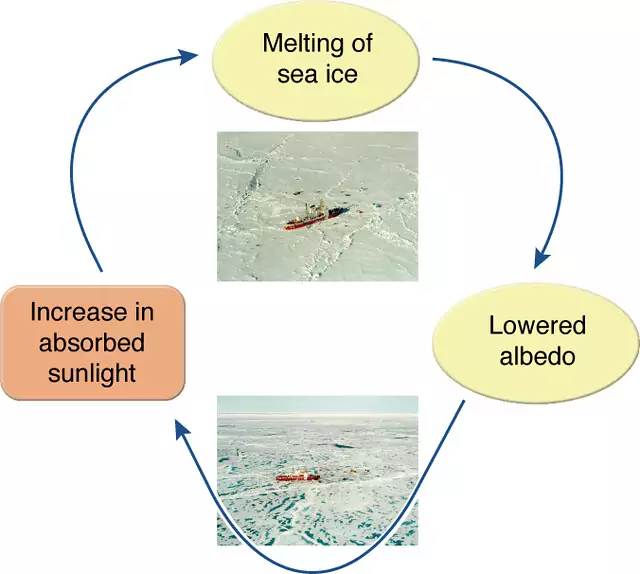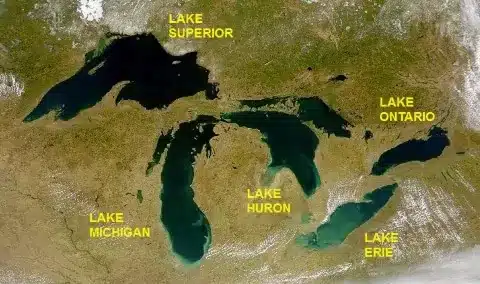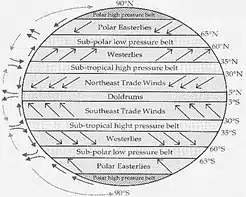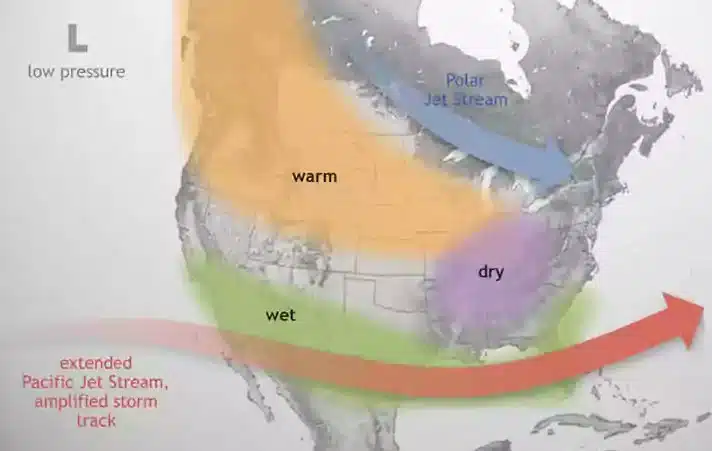Top 10 Largest Islands On Earth
Australia is technically an island because it is unconnected to any other body of land, but it is more commonly considered a continental landmass. Of the seven continents, Australia is the smallest, at 2,969,976 square miles, or 7,692,202 square kilometers. However, if considered an island, it is the largest in the world.
Here are the ten largest islands (non-Australia), based on land mass:
1. Greenland
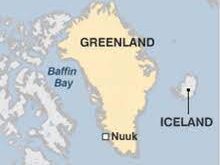
- Area : 836,330 sq miles/2,166,086 sq km.
- Three times the size of Texas.
- Greenland is a part of Denmark, though a home-rule government attends to domestic affairs.
- Its people are primarily Inuit.
2. New Guinea
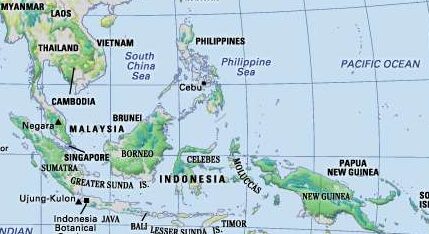
- Area : 317,150 sq miles/821,400 sq km.
- Both side coasts of Island are popular for being the best diving destinations where thousands of tourists visit every year.
- Here, you will find colorful coral and fish during diving.
- Location: Indonesia and Papua New Guinea, Oceania
3. Borneo

- Area : 288,869 sq miles/748,168 sq km.
- Borneo boasts some of the world’s most diverse flora and fauna, including the monster flower (Rafflesia arnoldii), the largest in the world.
- Borneo is the only Island in the world comprises of three countries.
- The large part of this Island is with Indonesia, and the remaining part is with Brunei and Malaysia.
- Also, it contains the highest peak named Mount Kinabalu.
- Location: Brunei, Indonesia and Malaysia, Asia
4. Madagascar

- Madagascar is not only the 4th largest island in the world, but also the largest island in the Indian Ocean.
- Located just 250 miles off the coast of Africa, Madagascar is home to some very unique wildlife, including nearly 40 species of lemurs (in fact all lemur species are native to Madagascar) and 800 species of butterflies.
- Area : 226,756 sq miles/587,295 sq km.
5. Baffin

- The largest island in Canada, located in the northern Canadian territory of Nunavut, Baffin was named for William Baffin, a 17th-century English navigator. It is uninhabited aside from a few small coastal villages.
- Area : 195,928 sq miles/507,451 sq km.
6. Sumatra

- Area : 171,069 sq miles/443,066 sq km.
- The second largest of the Greater Sunda Islands of the Malay Archipelago, Sumatra’s three national parks—Mount Leuser, Kerinci Seblat, and Bukit Barisan Selatan—were collectively designated a UNESCO World Heritage site in 2004.
- Location: Indonesia, Asia.
7. Honshu Island

- Area : 87,992 sq miles/227,898 sq km.
- The largest of Japan’s four primary islands, Honshu contains the nation’s highest mountain, Mount Fuji, and largest lake, Lake Biwa.
- Honshu is the 2nd most populated Island in the world .
- It has some historical significance and considered as the mainland of Japanese.
- It is also home to some of the important cities of Japan including Osaka, Hiroshima, Kyoto, and more.
- Location: Japan, Asia.
8. Victoria Island

- Area : 83,896 sq miles/217,291 sq km.
- Victoria Island is the 8th largest island in the world and the second-largest island of the Canadian Arctic Archipelago.
- The Island was named after Queen Victoria.
- Location: Canada, North America.
9. Great Britain

- Area : 80,823 sq miles/209,331 sq km.
- Great Britain is the largest island in Europe.
- Great Britain comprises England, Scotland, and Wales.
- It is part of the United Kingdom, which also includes Northern Ireland and several smaller offshore islands.
- Location: United Kingdom, Europe.
10. Ellesmere

- Area : 75,767 sq miles/196,236 sq km.
- It is the 3rd largest Island of Canada.
- The majestic mountains and Icefields enhance the beauty of this Island.
- It is a part of the Canadian Arctic Archipelago and Qikiqtaaluk region of the Nunavut province of Canada.
- Location: Canada, North America.
Source : Britannica
Also refer :

